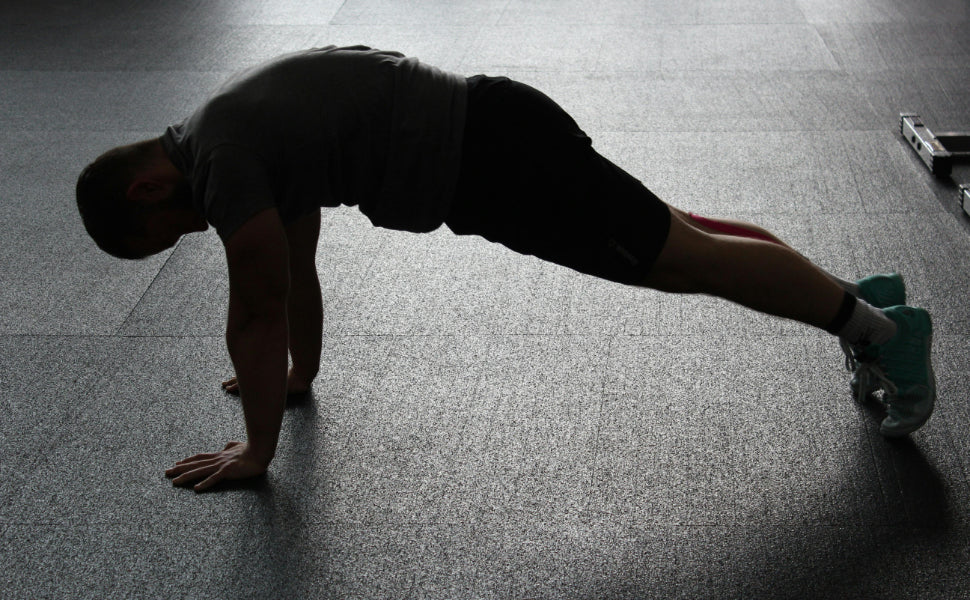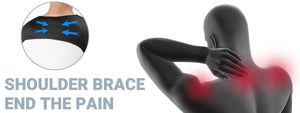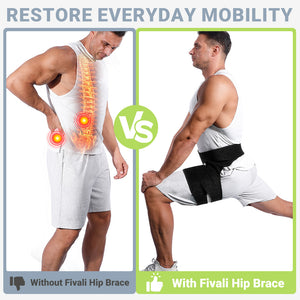Why Do My Wrists Feel Weak

Our wrists are used extensively in our daily tasks, ranging from lifting heavy things to typing on a keyboard. In addition to having a negative influence on our capacity to carry out these jobs, wrist weakness can cause pain and suffering. We'll look at a number of the possible causes of weak wrists in this article. You can take action to enhance the general health and wellbeing of your wrists by knowing more about this problem.
Symptoms of Weak Wrists
Pain: Pain is one of the most typical signs of wrist weakness. This pain might be acute, dull, throbbing, or achy, and its intensity can vary. When moving or engaging in specific wrist-related activities, it could get worse.
- Swelling: Swelling is another symptom of weak wrists and is frequently an indication of inflammation in the afflicted area. Swelling can cause discomfort and limited range of motion in addition to making the wrists appear puffed or larger than usual.
- Stiffness: Another typical sign of weakness is wrist stiffness. It could seem like the joints are tight, which makes it difficult to move the wrists freely. Particularly in the morning or following periods of inactivity, stiffness may be felt.
- Numbness or Tingling: Hands and fingers may experience numbness or tingling as a result of weak wrists. This could be a sign of irritation or compression of the nerves, as in carpal tunnel syndrome. Grip strength and dexterity might be impacted by numbness and tingling.
Early detection and intervention of weak wrists depend on the recognition of these symptoms. A healthcare provider should be consulted if you have ongoing wrist discomfort, swelling, stiffness, numbness, or tingling in order to receive a thorough assessment and the best course of action. It is best to treat these symptoms as soon as possible in order to avoid more issues and enhance the general health of your wrist.
Causes
Repetitive Strain Injuries: Repetitive wrist movements or overuse can result in tendonitis or tenosynovitis. These illnesses result in discomfort and inflammation, which weakens the wrist.
- Carpal Tunnel Syndrome: When the median nerve, which extends from the forearm into the hand's palm, is compressed at the wrist, it can result in carpal tunnel syndrome. The wrist and hand may become weak, numb, or tingly as a result of this compression.
- Arthritis: Rheumatoid arthritis and osteoarthritis, for example, can cause pain, stiffness, and weakness in the wrist joint. Reduced wrist strength and mobility might result from the inflammation brought on by arthritis.
- Tendinitis: A tendon becomes inflamed, usually as a result of abrupt trauma or repetitive motions. Tendinitis in the wrists can lead to pain, edema, and weakness, which makes it difficult to carry out daily tasks that involve wrist mobility.
- De Quervain's Tenosynovitis: the tendons on the thumb side of the wrist are impacted by this ailment. It weakens and makes it difficult to hold objects because it produces pain and swelling at the base of the thumb. Simple tasks may become difficult and uncomfortable due to this illness.
Knowing these typical reasons for weak wrists is crucial to figuring out the underlying problem and getting the right care. It's critical to speak with a healthcare professional if you're having wrist weakness so that you can identify the underlying reason and create a treatment plan for the symptoms.
fivalifitness.com
Treatment

- Rest and Immobilization: Using wrist braces or splints to immobilize the wrists can help reduce pain and stop more damage. This method works especially well for repetitive motion-related illnesses like carpal tunnel syndrome and tendonitis.
- Physical therapy: Physical therapy can assist in regaining the wrists' range of motion, strength, and flexibility. Therapists may suggest particular stretches and exercises to treat wrist weakness and enhance wrist function.
- Medication: Ibuprofen and naproxen, two non-steroidal anti-inflammatory medicines (NSAIDs), can help lessen discomfort and inflammation related to weak wrists. For more severe cases, a doctor may prescribe additional treatments such corticosteroids or disease-modifying antirheumatic drugs (DMARDs).
- Surgery: To treat weak wrists, surgery may be required in certain circumstances. Techniques like tendon repair or carpal tunnel release can help reduce pain and improve function.
The underlying reason and degree of symptoms will determine the best course of action for weak wrists. Seeking advice from a healthcare professional is crucial for accurate diagnosis and recommended course of therapy. Apart from medical therapies, alterations in lifestyle such as modifying workstation ergonomics and implementing frequent breaks during repetitive tasks can aid in averting more wrist damage.
Prevention
- Good Posture and Positioning: When engaging in activities that need repetitive wrist motions, maintaining good posture and positioning can assist prevent weak wrists. You can lessen wrist strain by utilizing a wrist rest, adjusting the height of your desk and chair, and typing with your wrists straight.
- Wearing Wrist Braces During Physical Activities: When engaging in high-impact or repeated actions, wear wrist braces or sports-specific wrist supports. These braces lessen the chance of wrist injuries, improve stability, and absorb shock.
- Exercises for Stretching and Strengthening: Consistent stretching and strengthening can assist increase muscular strength and wrist flexibility, which lowers the chance of injury. Simple exercises that can be performed at home or under the supervision of a physical therapist include finger stretches, wrist curls, and wrist extensions.
- Taking Breaks During Repetitive Activities: Taking regular breaks can assist prevent overuse injuries and lessen strain during repetitive wrist motions activities. Weak wrists can be avoided by setting a timer to remind you to take a rest every thirty minutes or so.
You can lower your chance of acquiring weak wrists and associated issues by putting these preventative steps into practice. Prioritizing wrist health and taking precautions to avoid injury are crucial, particularly if you participate in activities that place a lot of strain on your wrists. See a doctor right away if you have ongoing wrist discomfort, swelling, or weakness so that you can receive the right care and stop additional injury.
fivalifitness.com
*Disclaimer
The information provided in articles written by Fivali is intended for educational and reference purposes only. The content on this website (www.fivalifitness.com) is not intended to diagnose, treat, cure, or prevent any disease. We do not recommend self-diagnosis or self-treatment based on the information provided in our articles. Always consult a qualified healthcare professional if you have any concerns about your health or well-being.
If you are experiencing any symptoms or discomfort, we strongly encourage you to seek medical attention from a qualified healthcare professional. Only a licensed healthcare practitioner can provide an accurate diagnosis and an appropriate treatment plan tailored to your individual needs.













